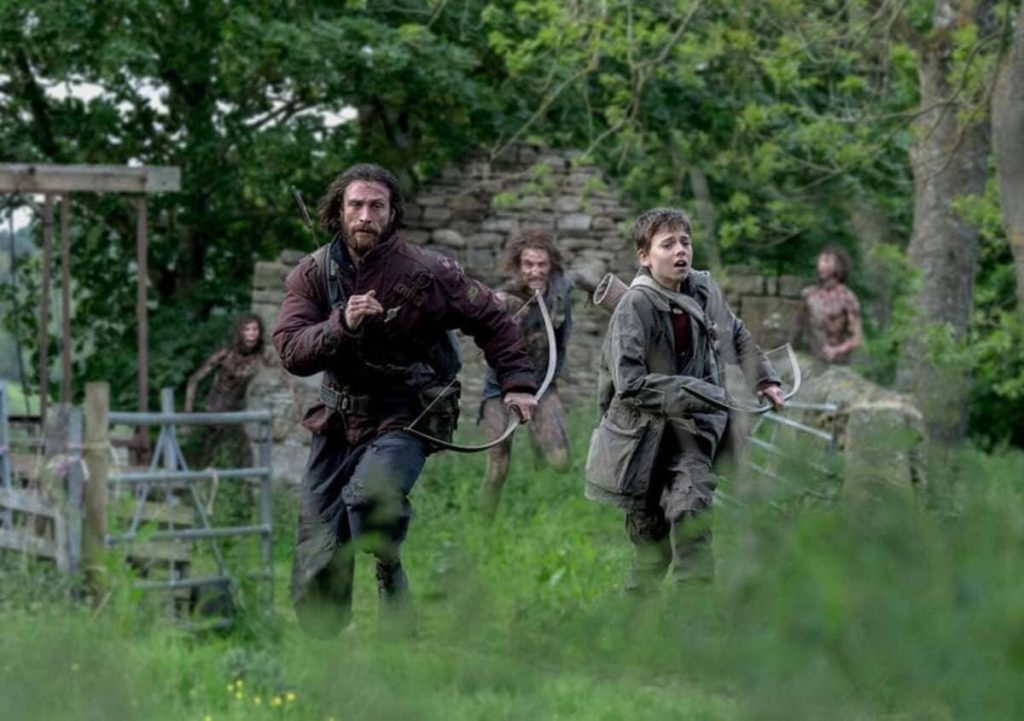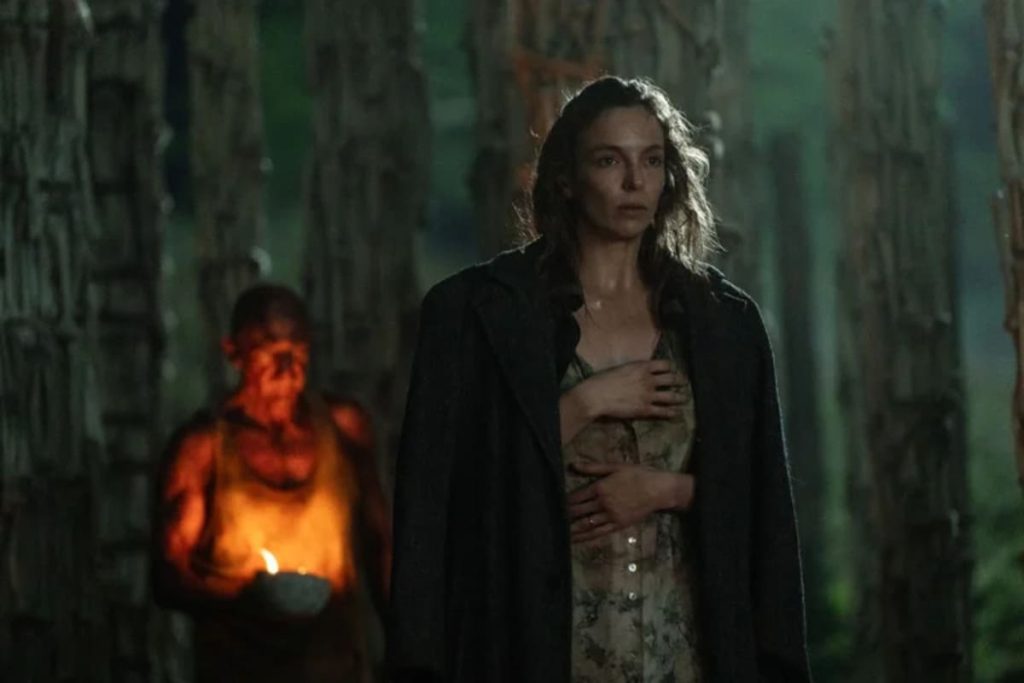It’s not often a film manages to leave you both speechless and shaken. But after nearly two decades of waiting, the third chapter in one of sci-fi’s most chilling sagas finally arrived—and yes, it was absolutely worth the wait.
The long-awaited return of the ’28’ saga
It’s been a long road since 28 Days Later first introduced us to a hauntingly empty London and a terrifyingly fast-paced apocalypse. That low-budget gem, directed by Danny Boyle and starring a then-unknown Cillian Murphy, redefined the zombie genre with its bleak tone, jittery energy and raw emotional weight. Then came 28 Weeks Later—a solid follow-up, though missing Boyle’s touch.
And then… nothing. For 18 years, silence. Until now.
In 2025, the franchise rises again with 28 Years Later, directed once more by Boyle and penned by longtime collaborator Alex Garland. Set three decades after the original outbreak, the story shifts to a quarantined British archipelago. It begins on the isolated island of Lindisfarne, where young Spike (played by Alfie Williams) prepares to venture beyond his tiny village with his father Jamie (played by Aaron Taylor-Johnson). What follows is a journey full of tension, doubt and irreversible choices.

A cinematic experience like no other
Let me just say—I’ve watched my fair share of post-apocalyptic films. It’s a genre I can’t seem to get enough of. But this film, this one, felt different. Maybe it’s because I’ve long admired the creative duo behind it. Garland, whose Ex Machina and Civil War still linger in my mind, and Boyle, the force behind Trainspotting and Slumdog Millionaire, are in a league of their own.
I first watched 28 Days Later on DVD—yes, old-school—and it knocked the wind out of me. I missed seeing it in cinemas, and I regretted it. So when 28 Years Later hit theatres, I wasn’t about to make the same mistake. And thank goodness. What I saw wasn’t just a film; it was a masterclass in storytelling and atmosphere, pushing the boundaries of what sci-fi cinema can be.
Sure, there’s chatter about Boyle’s decision to shoot the film using the iPhone 15 Pro Max. A bold move? Certainly. But when you remember that the original used a humble Canon XL1 to create its gritty documentary style, it feels more like a deliberate nod than a gimmick. It’s that raw, stripped-back look that lets the humanity—or lack thereof—shine through.

A world rebuilt, but not redeemed
What really struck me wasn’t the violence or the technical flair, but the deeply human questions the film raises. In this harsh new world, survivors have rewritten the rules. There’s order, yes, but it’s the sort born from fear and desperation. Somehow, it’s the infected—the so-called monsters—that begin to elicit the most empathy.
One character in particular, the quietly tragic Dr Kelson, embodies this moral greyness. His “gentle madness” forces us to rethink who the real villains are. And Boyle doesn’t hold back: abrupt cuts, jarring edits, even the occasional continuity error all serve a purpose—to immerse us in a world that no longer plays by traditional rules.
The film’s visual poetry is undeniable, thanks in no small part to cinematographer Anthony Dod Mantle, whose work here is nothing short of stunning. Each frame feels meticulously unpolished—just like the world it captures.
A film that lingers long after the credits roll
Whether you’re a long-time fan or stepping into the 28 universe for the first time, 28 Years Later delivers a cinematic experience that’s both emotionally harrowing and visually bold. It asks difficult questions, doesn’t shy away from bleakness, and yet manages to spark something very human: reflection.
In a sea of sequels and reboots, this one stands tall. Go see it. Let it sit with you. And maybe, just maybe, you’ll find yourself wondering what you’d do in a world where survival means more than just staying alive.



